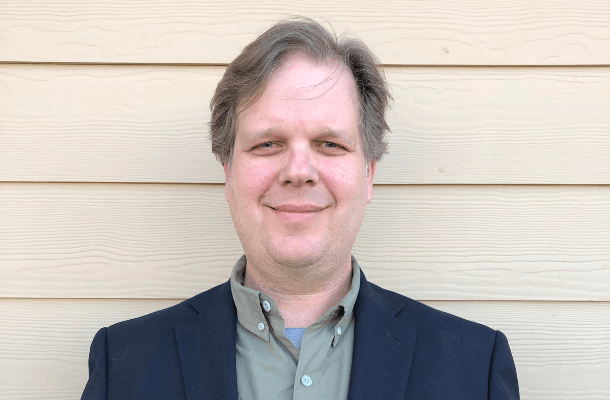Outer Banks Study Demystifies Caribbean-Nesting Seabird

A Black-capped Petrel tracking study reveals a difference in breeding timing between color morphs, and a first potential breeding location for white-morph birds – findings that will likely influence future conservation efforts. Map by Yvan Satge; photo by Kate Sutherland.
After an eight-month tracking study, we now know more about the elusive Black-capped Petrel. In May 2019, American Bird Conservancy (ABC) and partners launched an ambitious effort to catch individuals of this species at sea in the Gulf Stream off North Carolina – a first for a bird of this type. Captured birds were fitted with solar-powered tracking devices and released.
A key part of the project was tracking white-morph birds – which some have suggested are a separate species – to nesting sites. So far, all 83 known nests have belonged to dark-morph birds.
In the end, while most of the monitored birds stayed in the northwest Atlantic, the team tracked two birds – one light and one dark morph – to Hispaniola (the island that's home to the Dominican Republic and Haiti), where they displayed behavior consistent with nesting. While the researchers hoped the white-morph bird might lead them to a new nesting island, such as Dominica or Cuba, they now have the first evidence of a potential nesting location for the white-morph Black-capped Petrel and have confirmed that they arrive four to six weeks earlier than their dark-morph relatives.
“In addition to helping us answer the nesting riddle, these data are valuable in our understanding of habitat use off the U.S. East Coast,” says Brad Keitt, ABC's Oceans & Islands Program Director. “They also can help us to anticipate potential impacts of future energy development, such as offshore wind, to the Black-capped Petrel, a species currently being considered for listing as Threatened under the Endangered Species Act.”
The tracking study helped fill important data gaps identified in the Conservation Action Plan for the Black-capped Petrel, which was updated in 2019 by ABC and others under the umbrella of the International Black-capped Petrel Conservation Group. This updated plan builds on ten years of work on the species, since the first plan was written, and has created a roadmap for targeted actions going forward, including: protecting existing nests and known nesting areas in Haiti and the Dominican Republic from invasive species and habitat loss; finding new nests, new colonies, and new nesting islands; creating new nesting colonies through translocation to invasive-predator-free fenced enclosures or to new nesting islands; and reducing adult mortality from collisions with communications towers and other threats at known colonies.
“The results showing a white-morph bird is likely nesting in the Dominican Republic and that they are possibly breeding four to six weeks earlier than the dark-morph birds are important, both for our understanding of the Black-capped Petrel and to help us prioritize conservation actions,” says Keitt. “It is clear that we need to continue searching for nests in Hispaniola and to determine if white-morph birds have nest sites that are discrete or overlapping with dark-morph birds.”
The next steps are to finalize the prioritization of the goals identified in the Conservation Action Plan and to begin implementing them.
The expedition was led by ABC's Brad Keitt, and included Patrick Jodice (U.S. Geological Survey) and Yvan Satgé (Clemson University) of the South Carolina Cooperative Fish and Wildlife Research Unit; Chris Gaskin; and Brian Patteson and Kate Sutherland of Seabirding Pelagic Trips.
ABC works with partners to protect and minimize threats at breeding areas for Black-capped Petrels and continues to urge the United States to sign on to the international Agreement on the Conservation of Albatrosses and Petrels (ACAP), which works to coordinate activities that benefit these birds.
Major support for this research expedition was provided by the Mohamed bin Zayed Species Conservation Fund.
###
Media Contact: Jordan Rutter, Director of Public Relations, 202-888-7472 | jerutter@abcbirds.org | @JERutter
Expert Contact: Brad Keitt, Oceans and Islands Program Director, 831-420-7115 | bkeitt@abcbirds.org
American Bird Conservancy is a nonprofit organization dedicated to conserving birds and their habitats throughout the Americas. With an emphasis on achieving results and working in partnership, we take on the greatest problems facing birds today, innovating and building on rapid advancements in science to halt extinctions, protect habitats, eliminate threats, and build capacity for bird conservation. Find us on abcbirds.org, Facebook, Instagram, and Twitter (@abcbirds).


















































